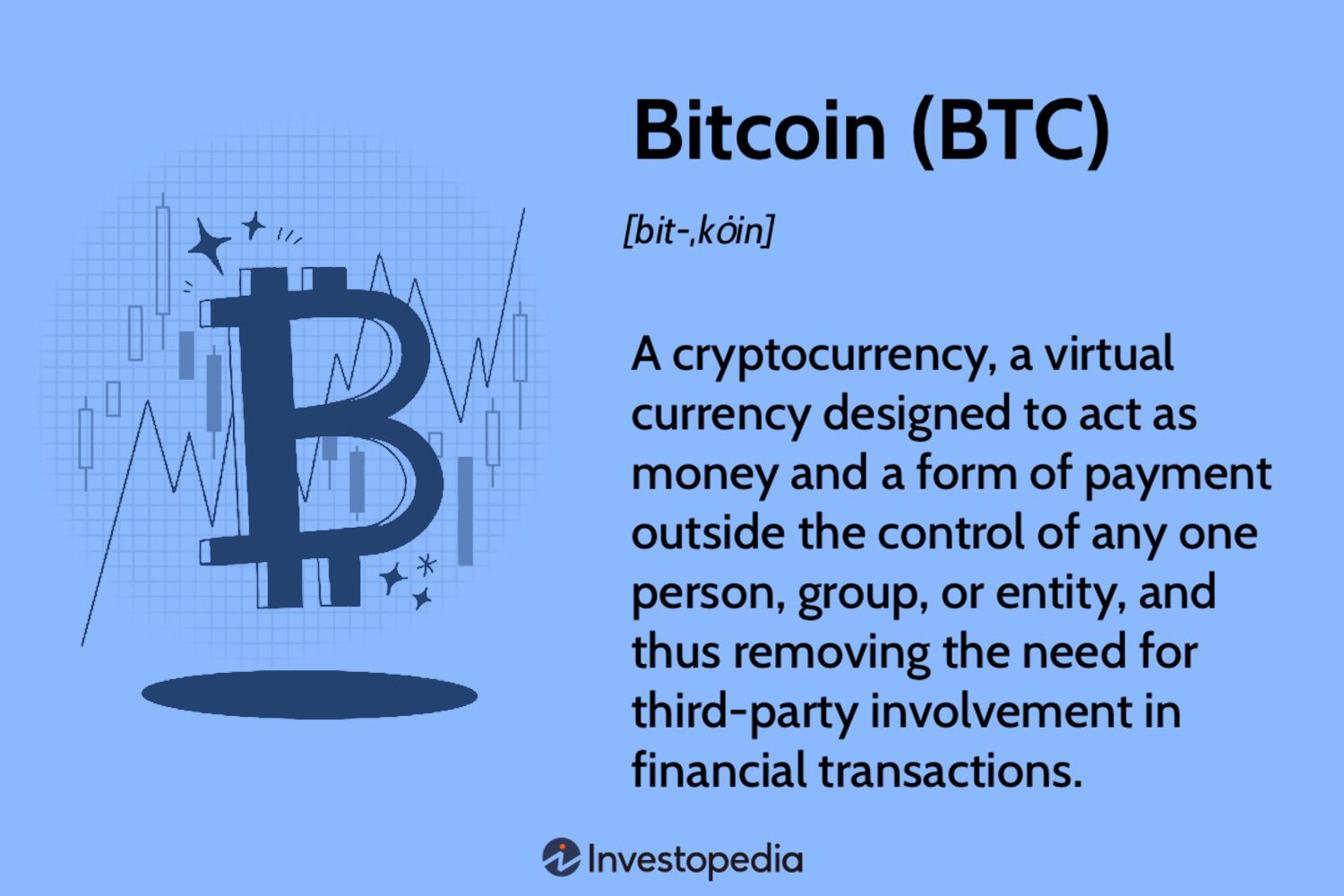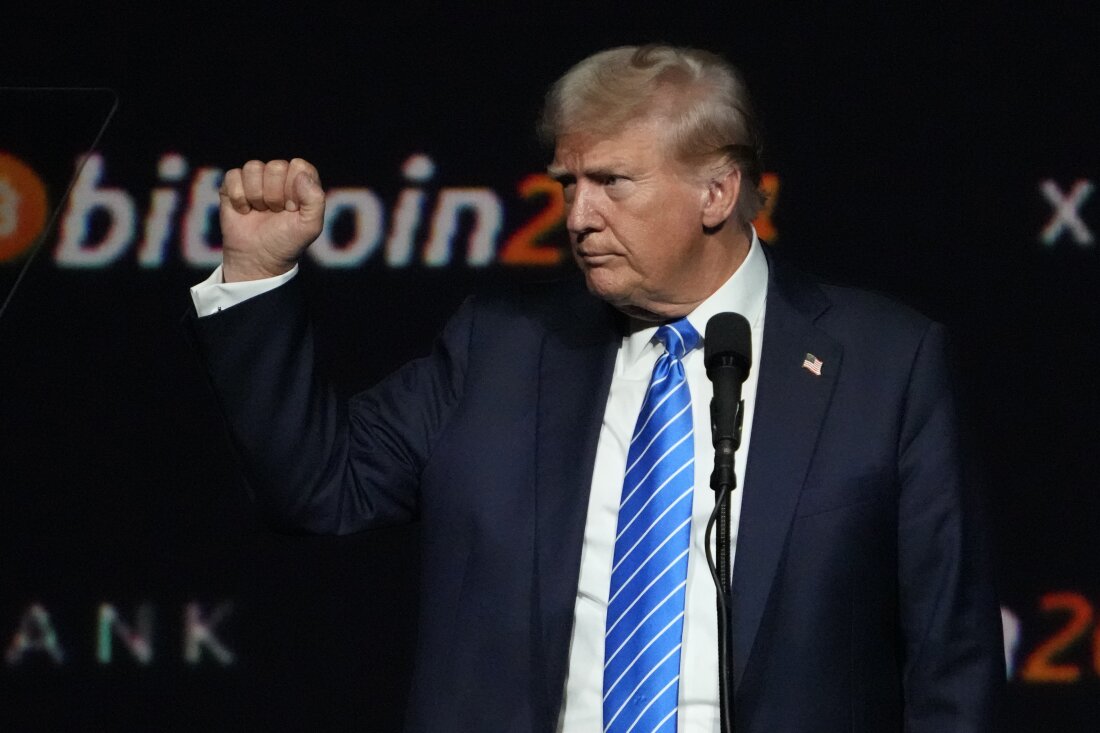
The Rise of Crypto Scams: A Cautionary Tale
In the rapidly evolving world of cryptocurrency, the promise of immense financial rewards often comes hand-in-hand with significant risks. The recent case of a Taranaki grandmother losing $224,000 to a sophisticated AI deepfake scam underscores the darker side of this digital frontier. As many investors dive into the world of Bitcoin and altcoins, the story serves as a critical reminder of the perils that await those who aren’t vigilant.
The Deceptive Allure of AI Deepfakes
Jill Creasy, a 72-year-old woman, fell victim to a scam that leveraged AI-generated deepfake technology, featuring New Zealand’s Prime Minister Christopher Luxon. In July, she was captivated by a convincing video that promised financial wisdom, urging pensioners to supplement their incomes with cryptocurrency investments. This sense of trust, rooted in familiarity, is precisely what scammers exploit.

Within weeks, Creasy was lured into a web of manipulation, orchestrated by a con artist masquerading as a financial adviser. Using remote access software, the scammer not only established bogus accounts on respected crypto platforms like Easy Crypto and Binance but also executed multiple transfers from Creasy’s bank account directly into his hands. The sophisticated nature of this scam is alarming; it reflects a wider trend of cybercrime tactics that blend technological advancement with old-fashioned deception.
The Role of Trust and Technology
Creasy’s experience reveals a troubling truth: many victims of such scams are often well-meaning individuals simply seeking guidance, who are ultimately overwhelmed by tech-savvy con artists. The Financial Markets Authority (FMA) swiftly responded to the rise of these scams, but the damage had already been done. As the FMA alerted the public regarding the deepfake advertisements, many victims remained unaware of the threat until it was too late.
In analyzing Creasy’s situation, it’s vital to acknowledge the broader implications for cryptocurrency values and the market. The psychological warfare employed by these scammers not only impacts individual victims but can also create ripple effects in public confidence regarding investment in cryptocurrencies across the board.
Growing Cryptocurrency Market and Its Vulnerabilities
The cryptocurrency market, while offering considerable opportunities for substantial returns, is rife with vulnerabilities. This duality is excellently highlighted by prominent traders, such as the pseudonymous figure known as The Flow Horse, who recently warned against trying to predict the market’s peak.
While the expert suggests that the current bullish trend, particularly in Bitcoin (BTC), should be embraced rather than challenged, the reality is that speculative behavior—including attempts to time the market—can often lead to vulnerabilities that scammers exploit.
“If you are late to the break upward and having trouble entering, just buy and walk away,” The Flow Horse shared. This provides sound advice but does not mitigate the inherent risks that come from engaging in a market without adequate safeguards against fraud—such as proper education and skepticism toward offers that seem too good to be true.
Reassessing Scams in the Cryptocurrency World
As the cryptocurrency landscape matures, the types of scams emerging have also evolved. From Ponzi schemes to ransomware attacks, the range of fraudulent behaviors reflects sophisticated networks that leverage advanced technology to deceive vulnerable individuals. This growing trend calls for increased public awareness and proactive measures to combat the rise of scams in digital currency.

The government response has been incremental, urging citizens to remain vigilant and alerting them to scam tactics. These efforts include emphasizing that no legitimate investment opportunity would ever demand remote access to a personal device—a critical point that should resonate with anyone embarking on cryptocurrency investment. Yet, despite these efforts, many individuals still navigate the complexities of digital transactions with limited understanding, making them easy targets for fraud.
Moving Forward: Lessons from the Trenches
The heart-wrenching story of Jill Creasy is a stark reminder that the world of cryptocurrency requires a comprehensive understanding of both its benefits and its associated risks. With scammers continually refining their tactics, individuals must remain educated.
Skepticism toward unsolicited offers is paramount; potential investors should always perform due diligence, regardless of the source’s credibility. Regrettably, for those like Creasy, immediate financial advice or seemingly promising investment opportunities turned devastating losses amplify the need for legislation that holds scammers accountable.
As The Flow Horse cautions against calling a market top, it would be wise for many to adopt a similarly cautious approach to emerging investment opportunities. Prioritize education, research thoroughly, and most of all, protect your digital assets.
Conclusion
In conclusion, while cryptocurrencies continue to provide opportunities for significant financial gain, they also attract a plethora of malicious actors ready to exploit the unwary. The lessons from Jill Creasy’s tragic encounter serve not only as cautionary tales for current investors but also as vital implications for the future of investment as a whole. The NFT and cryptocurrency communities must promote a culture of awareness and vigilance to safeguard against the expanding digital threats that lurk in the shadows of this promising yet perilous market.
















